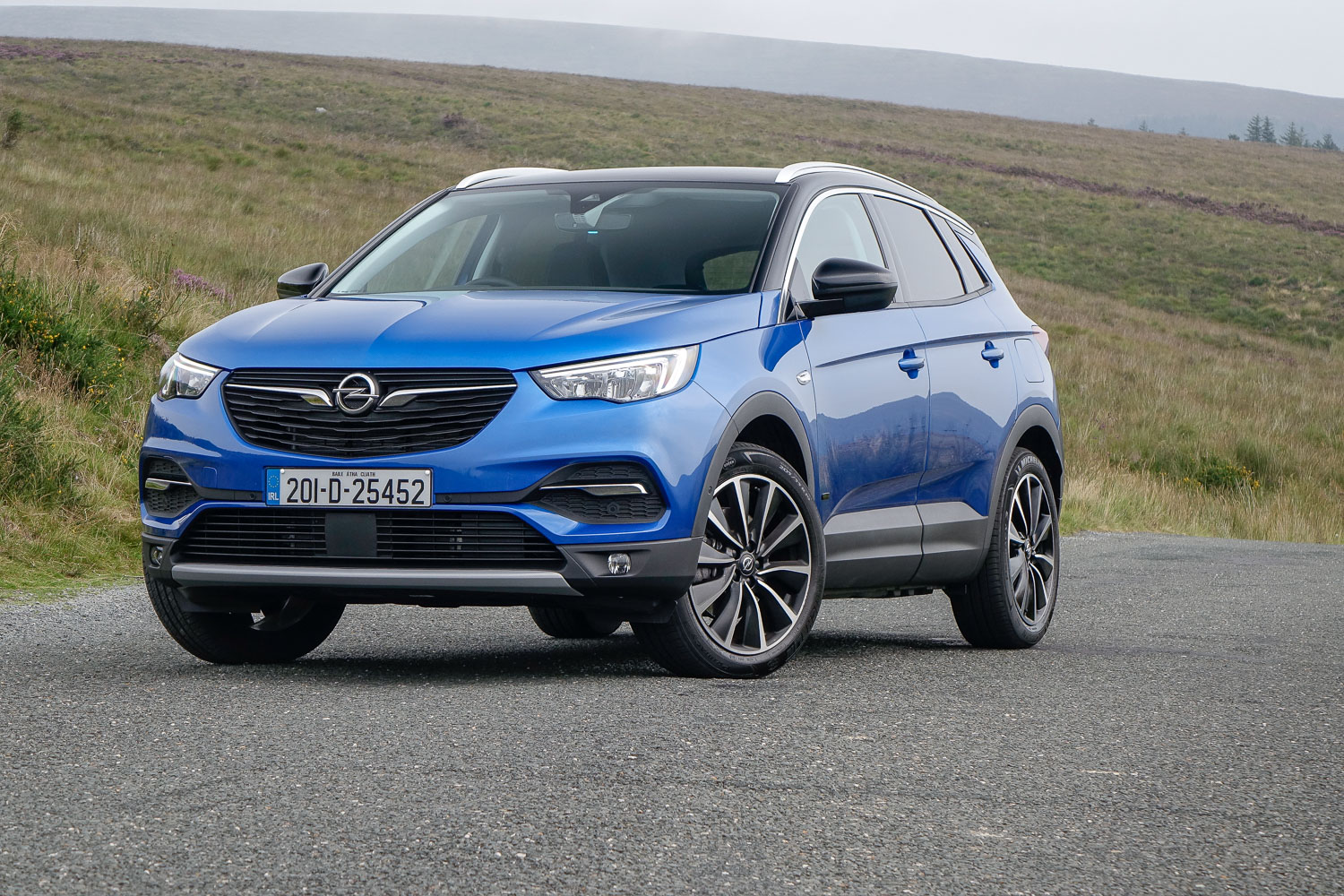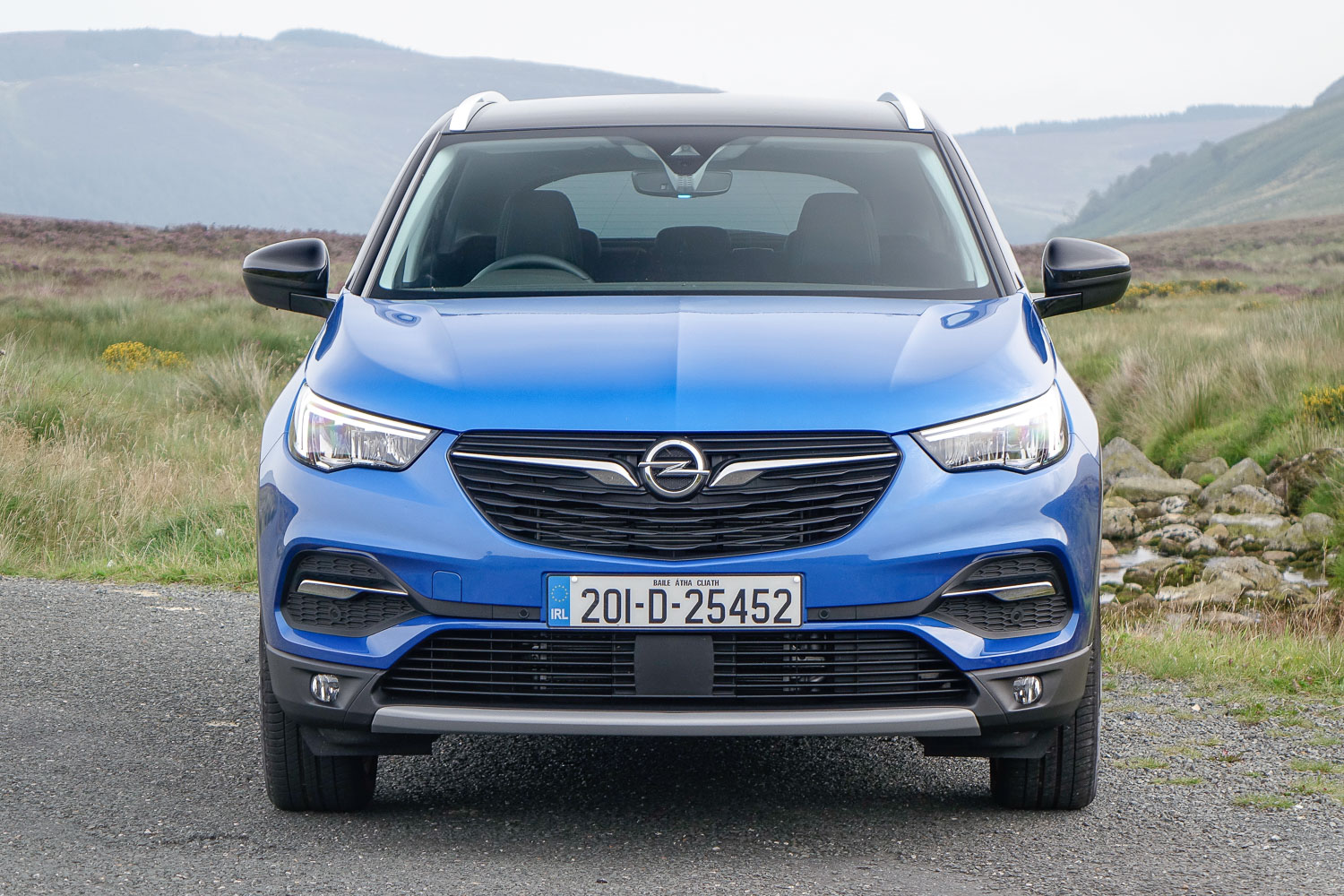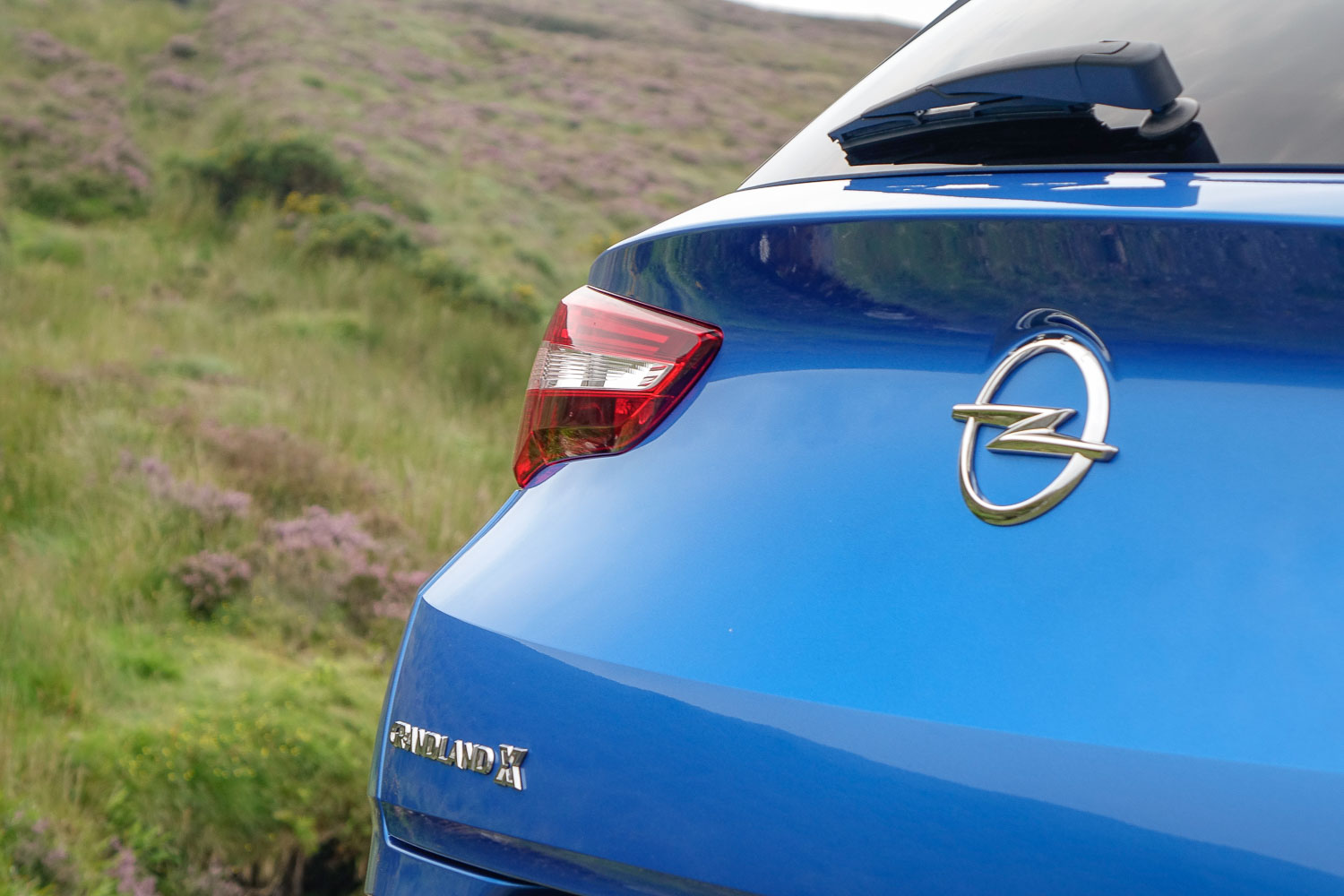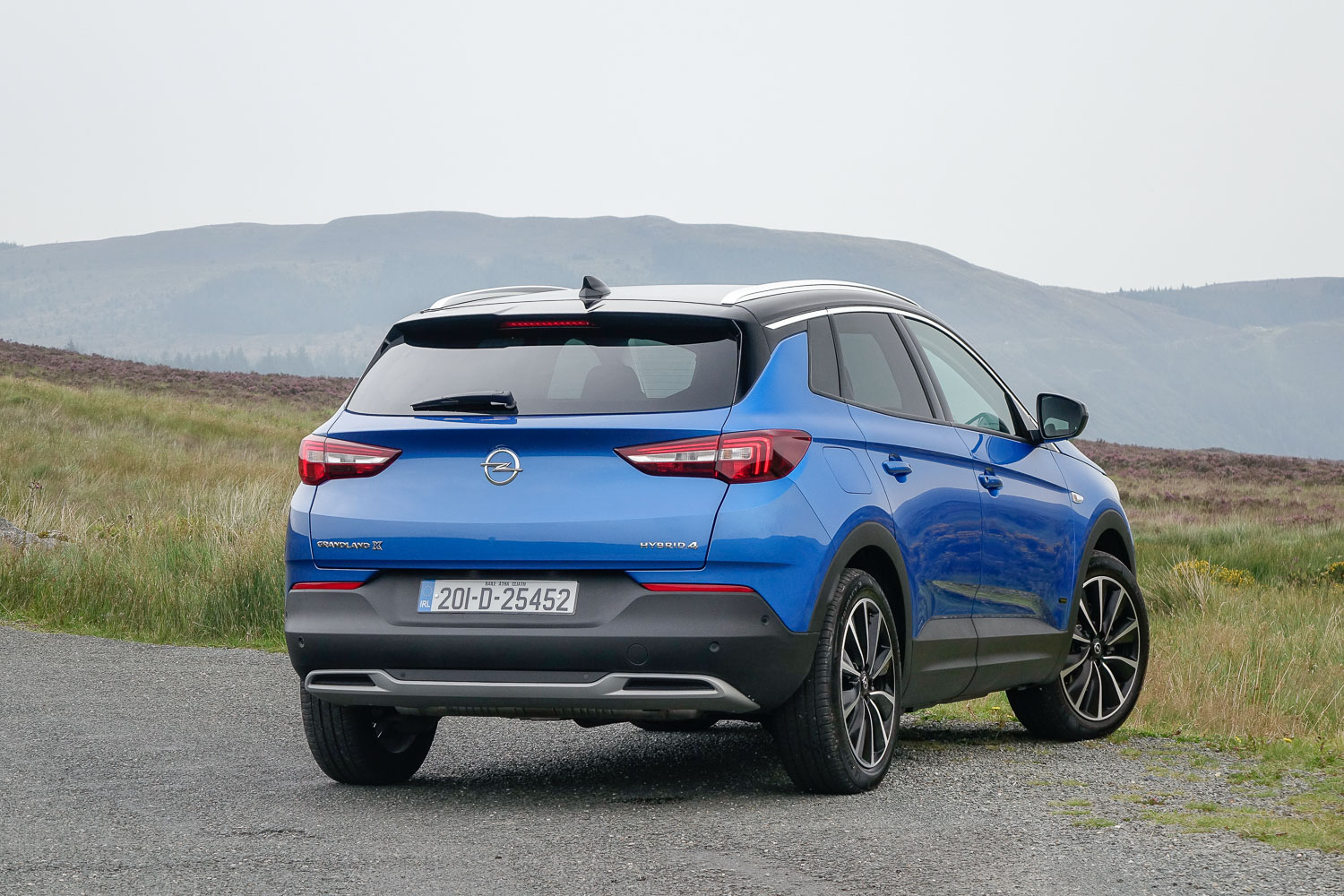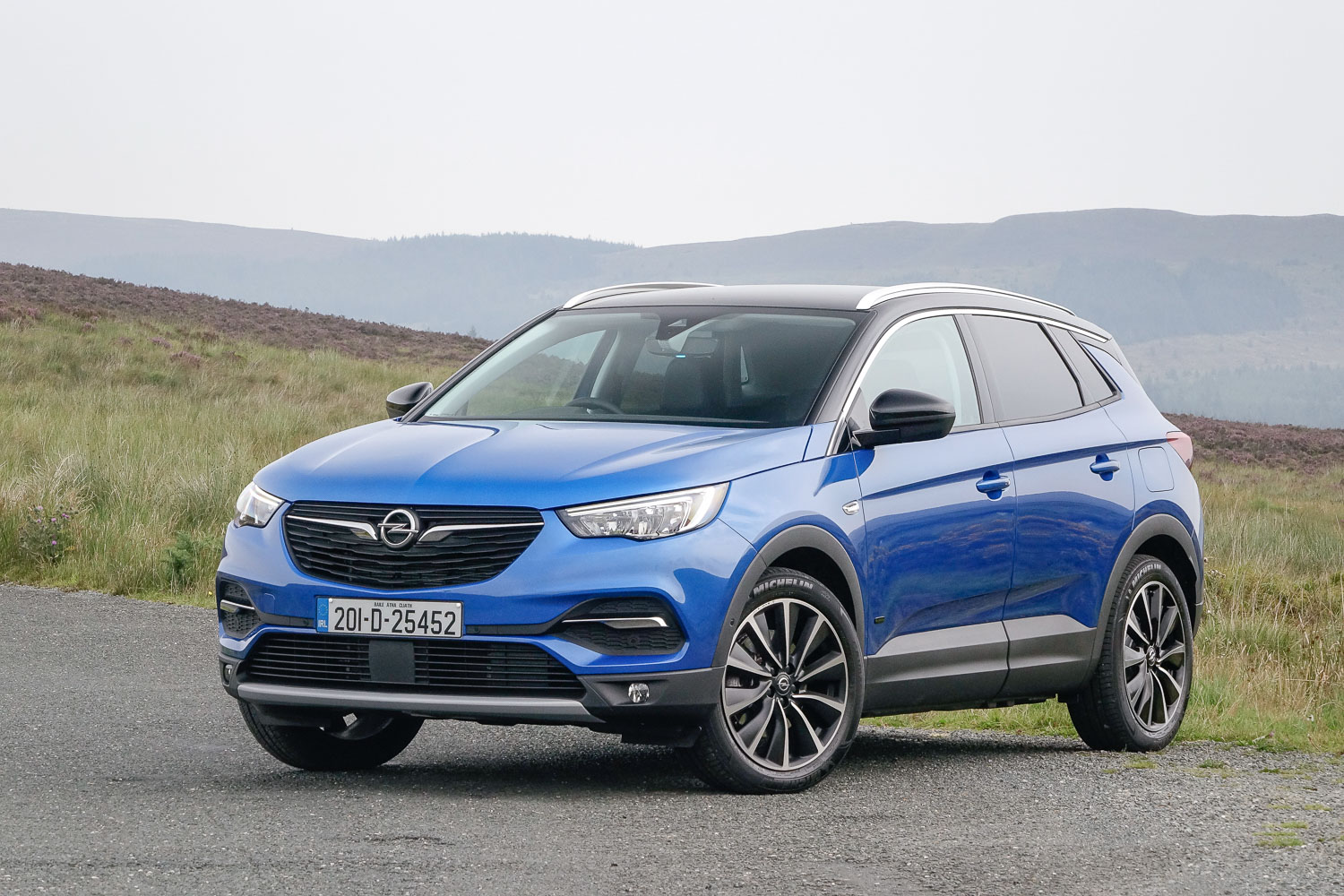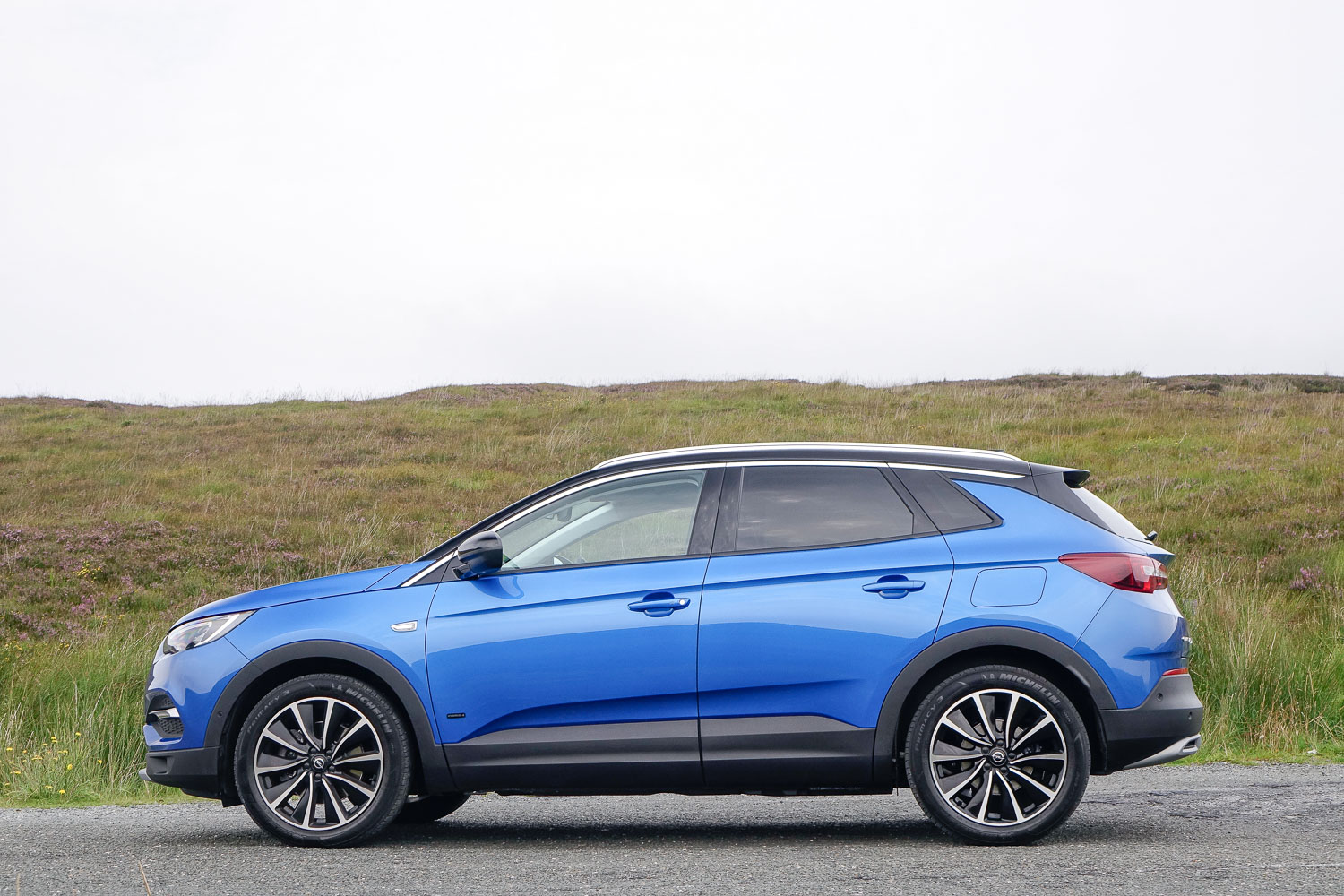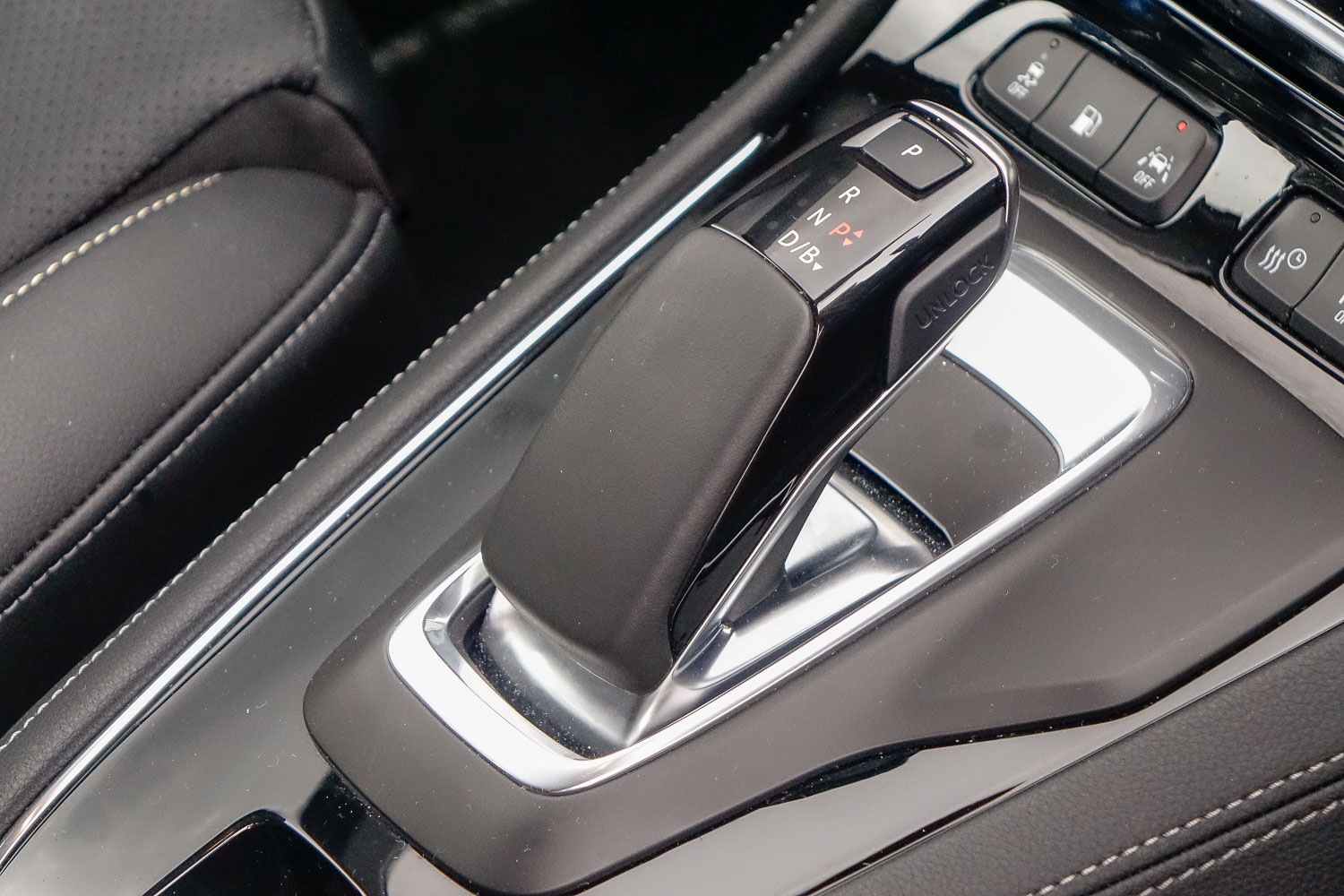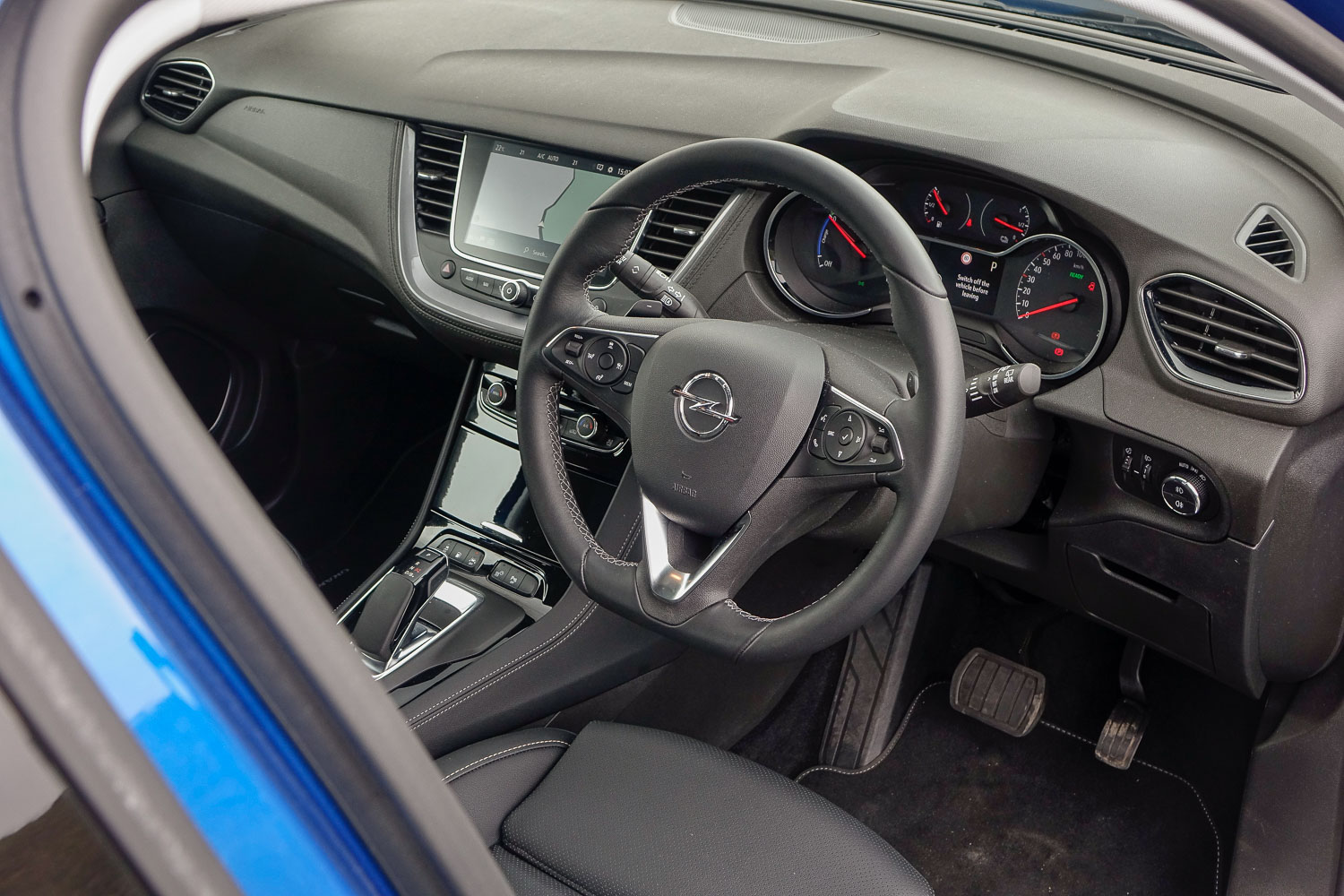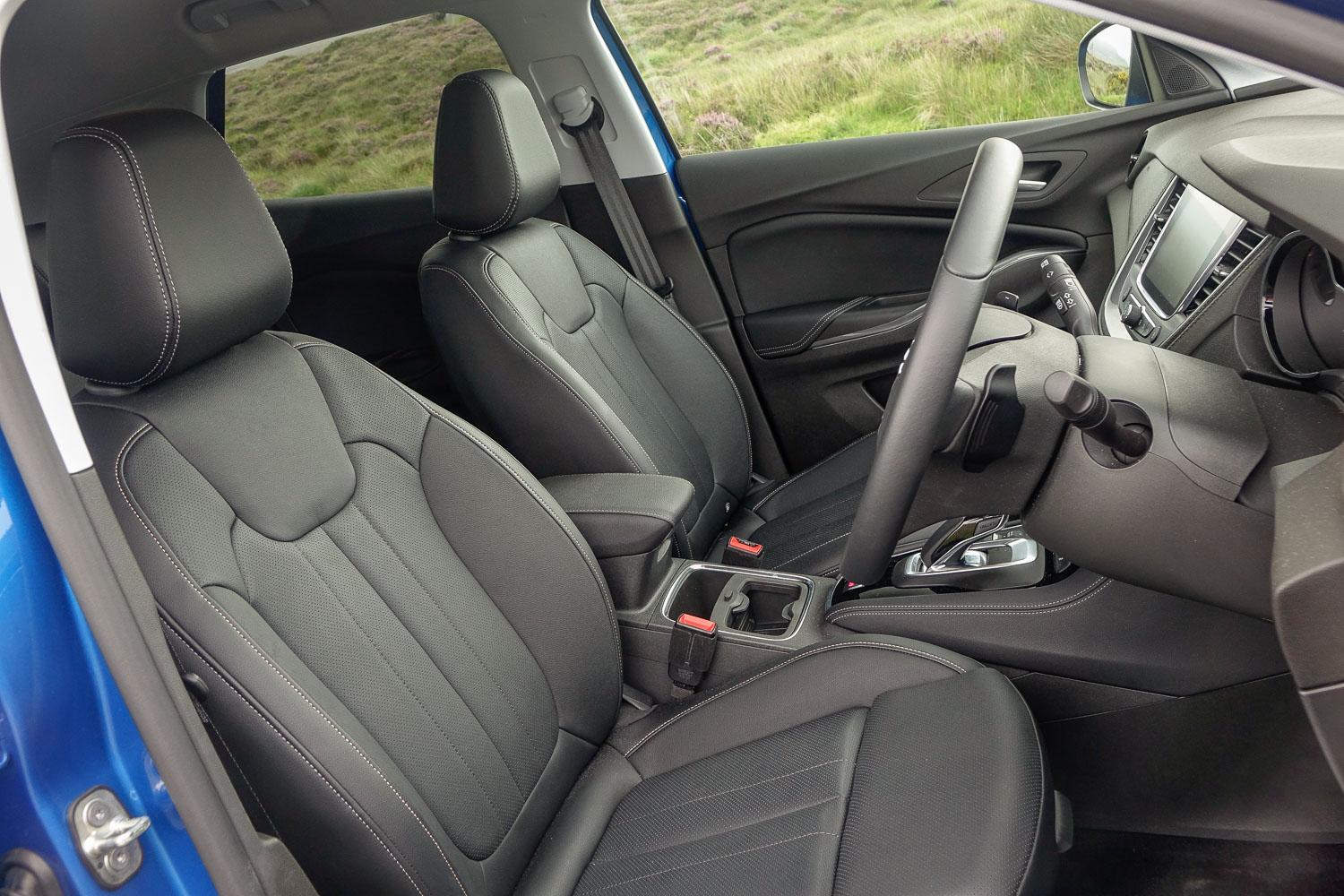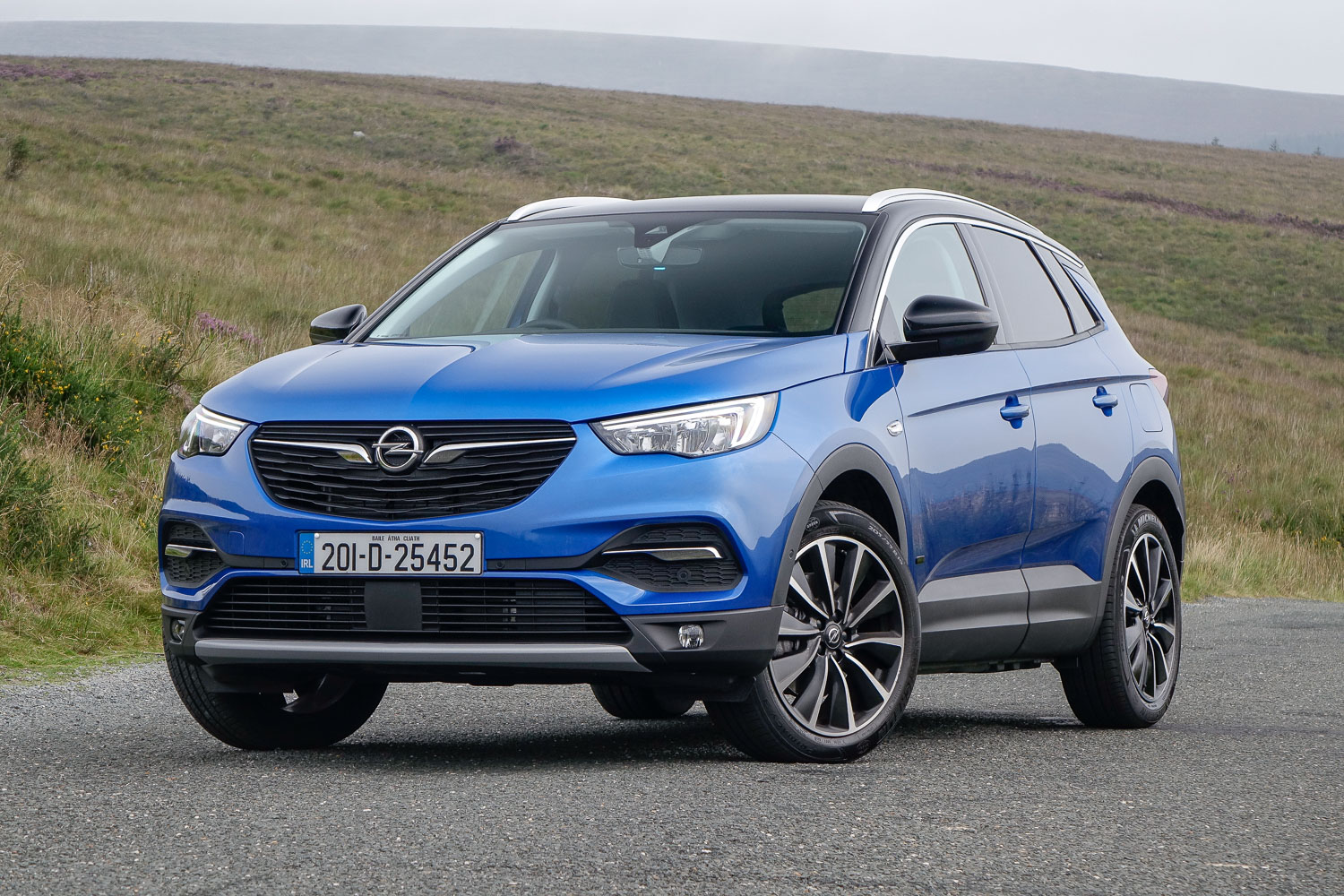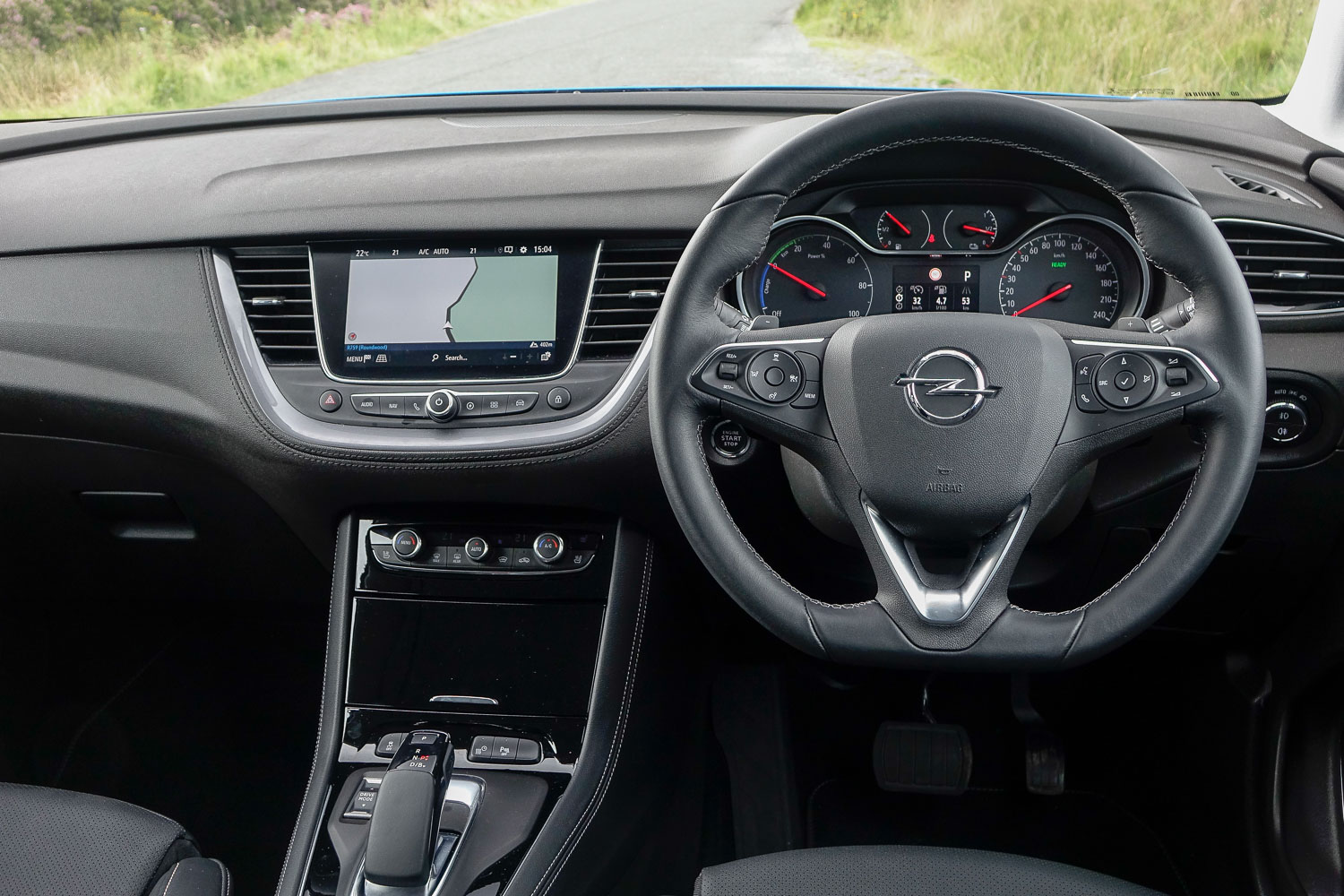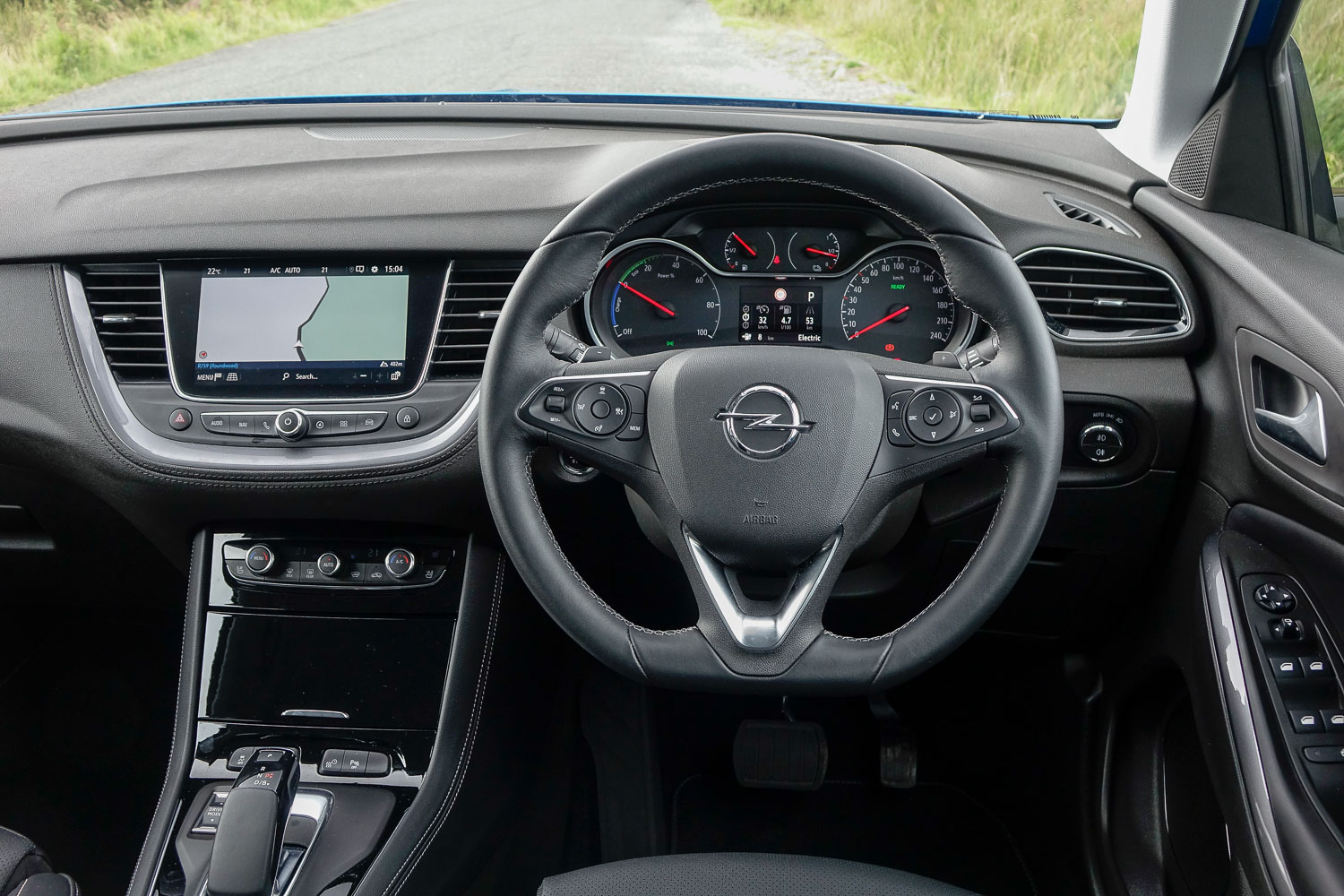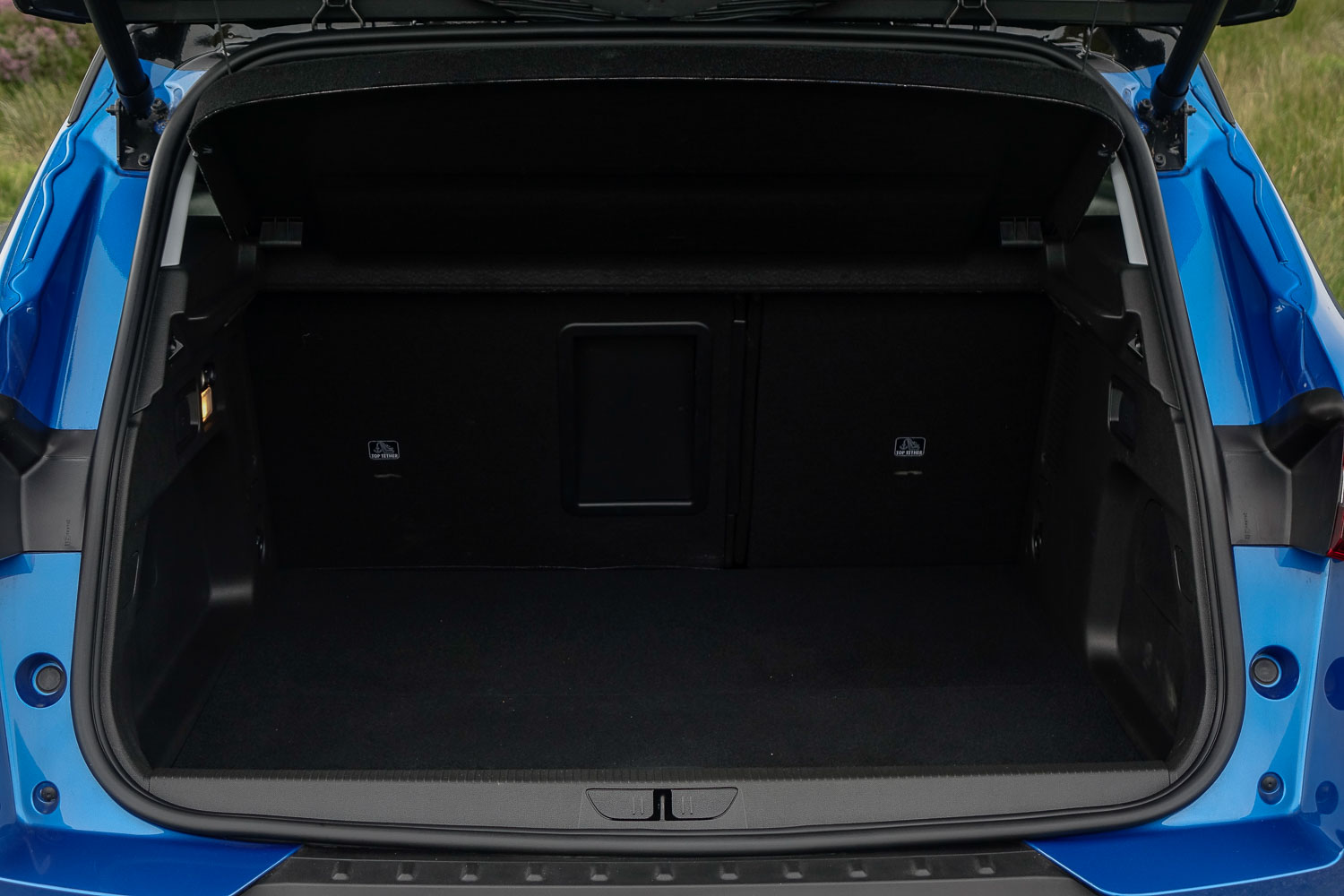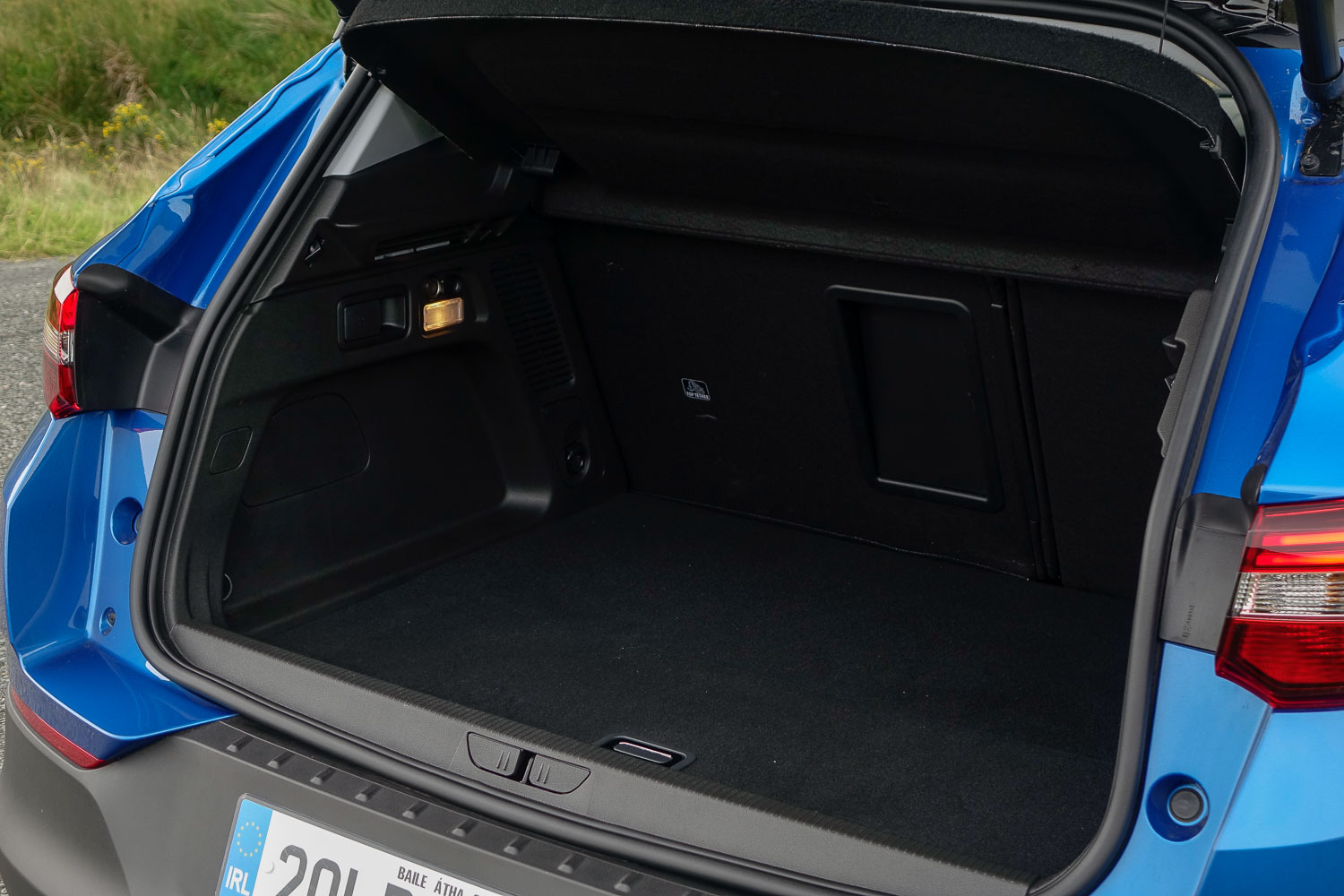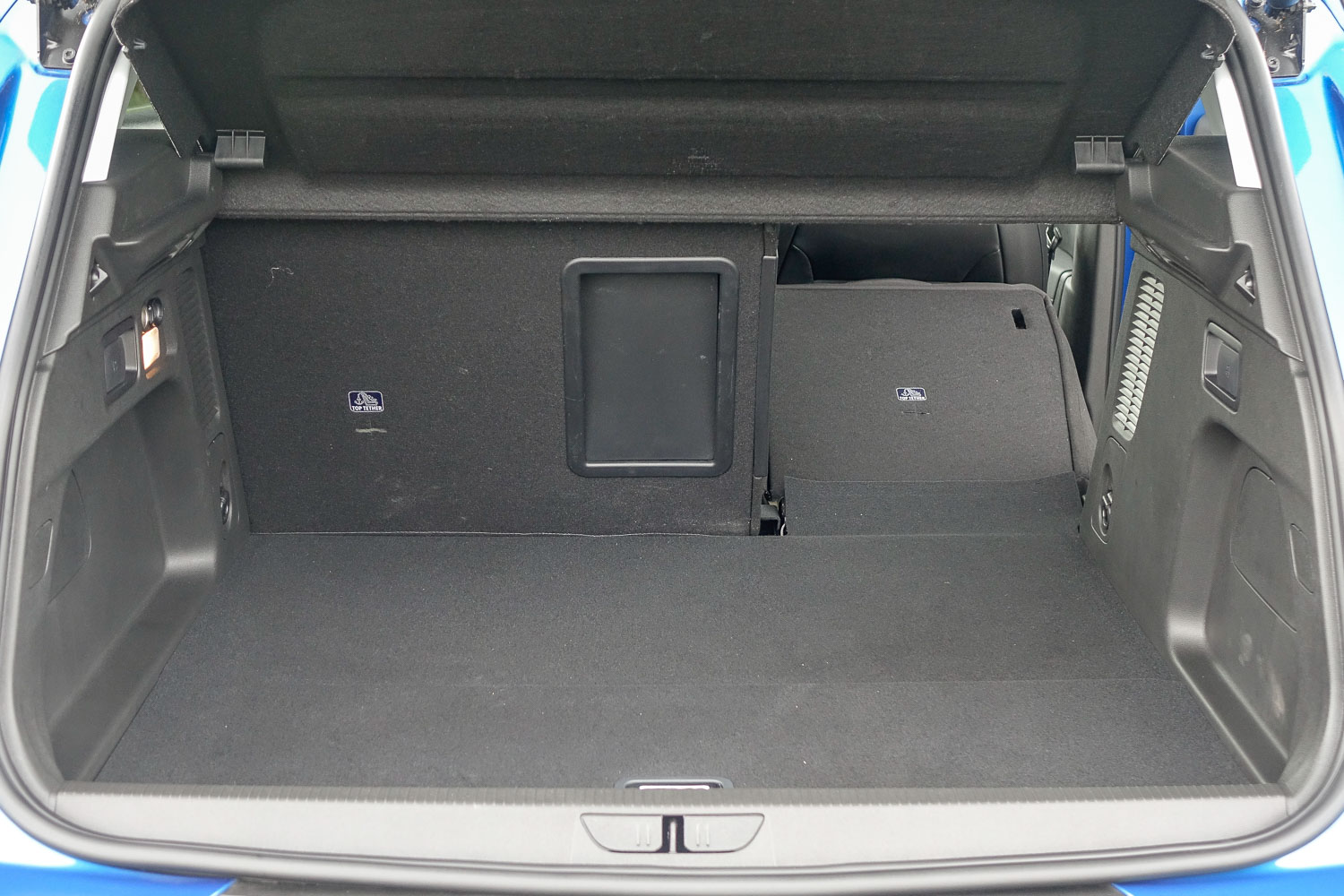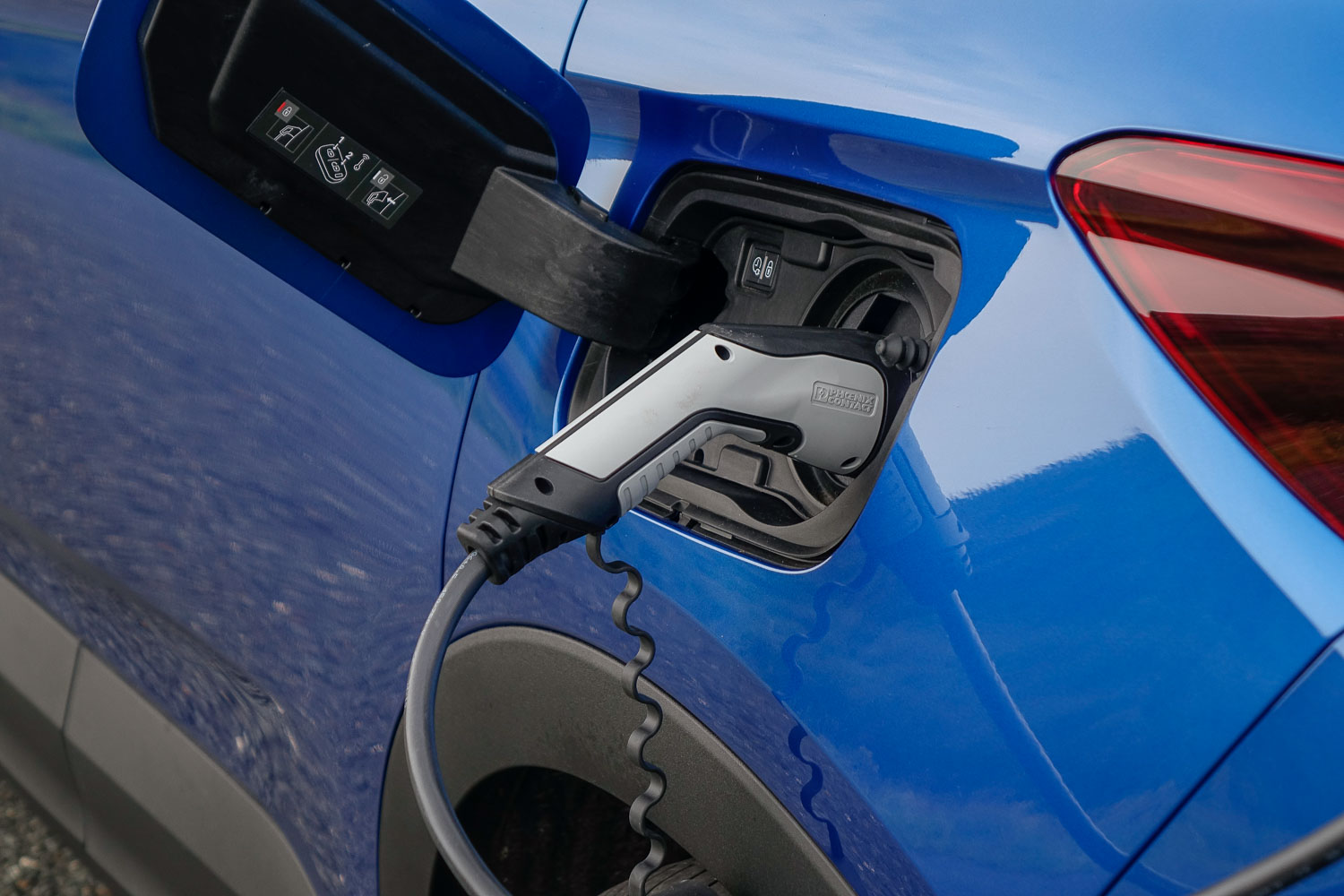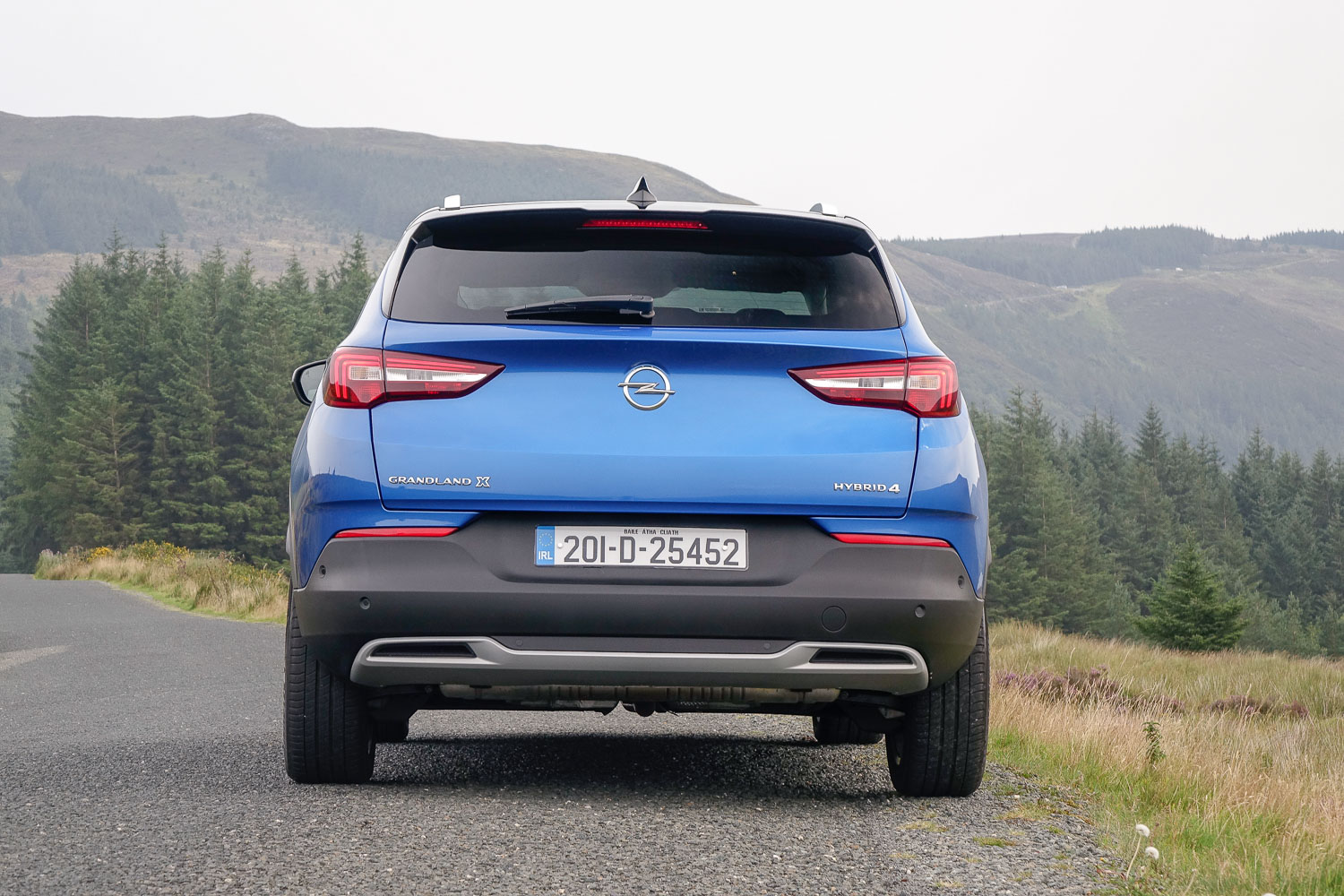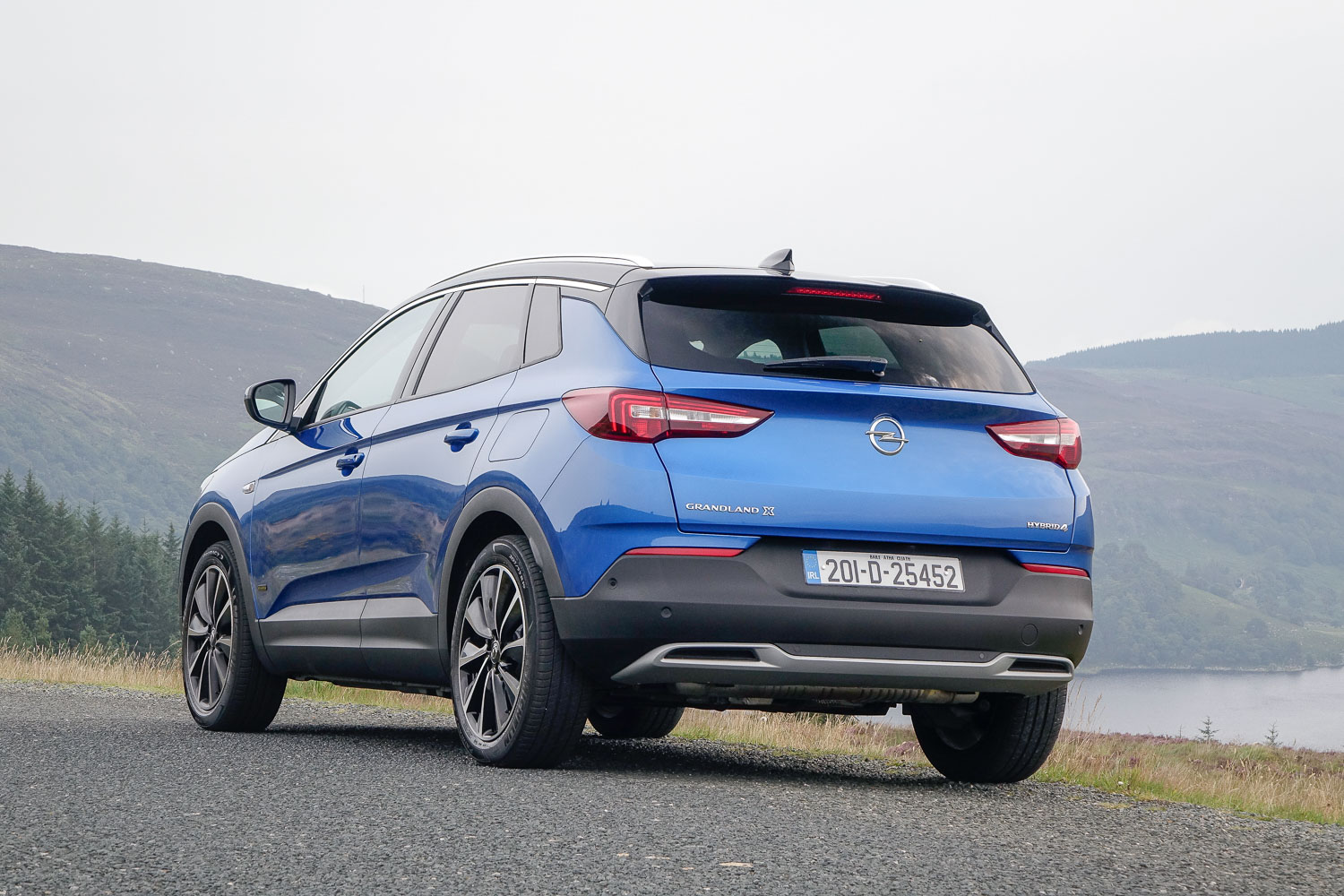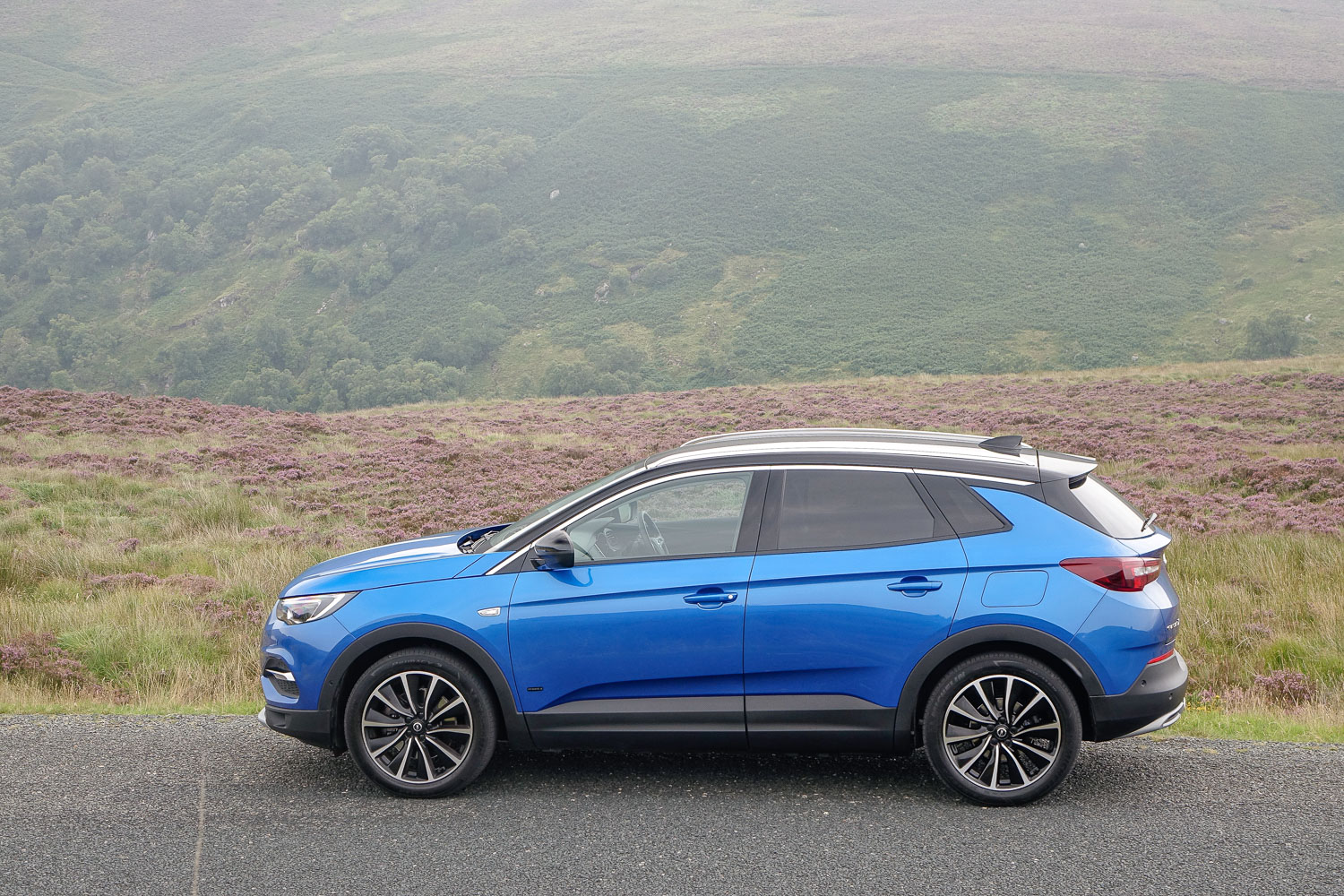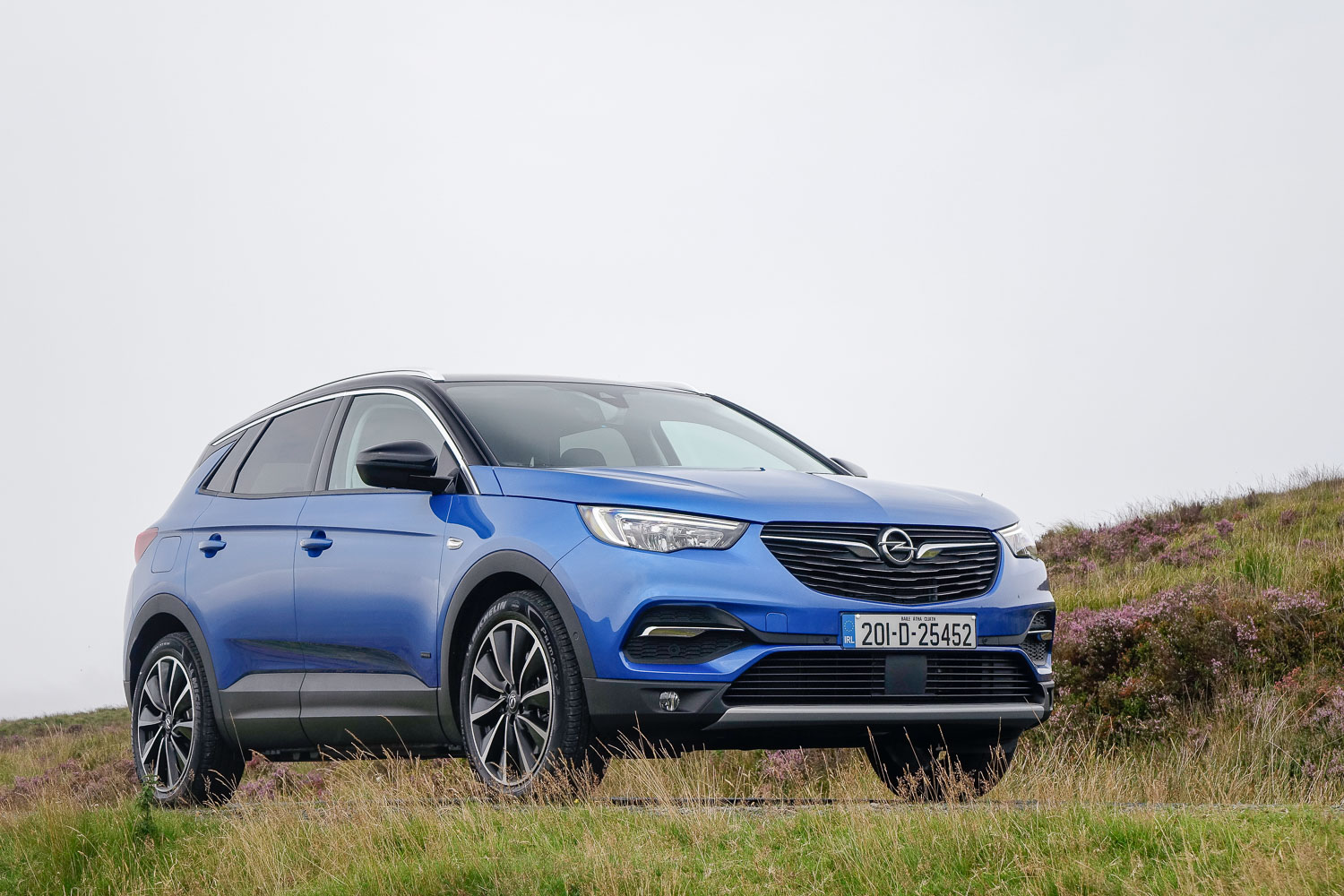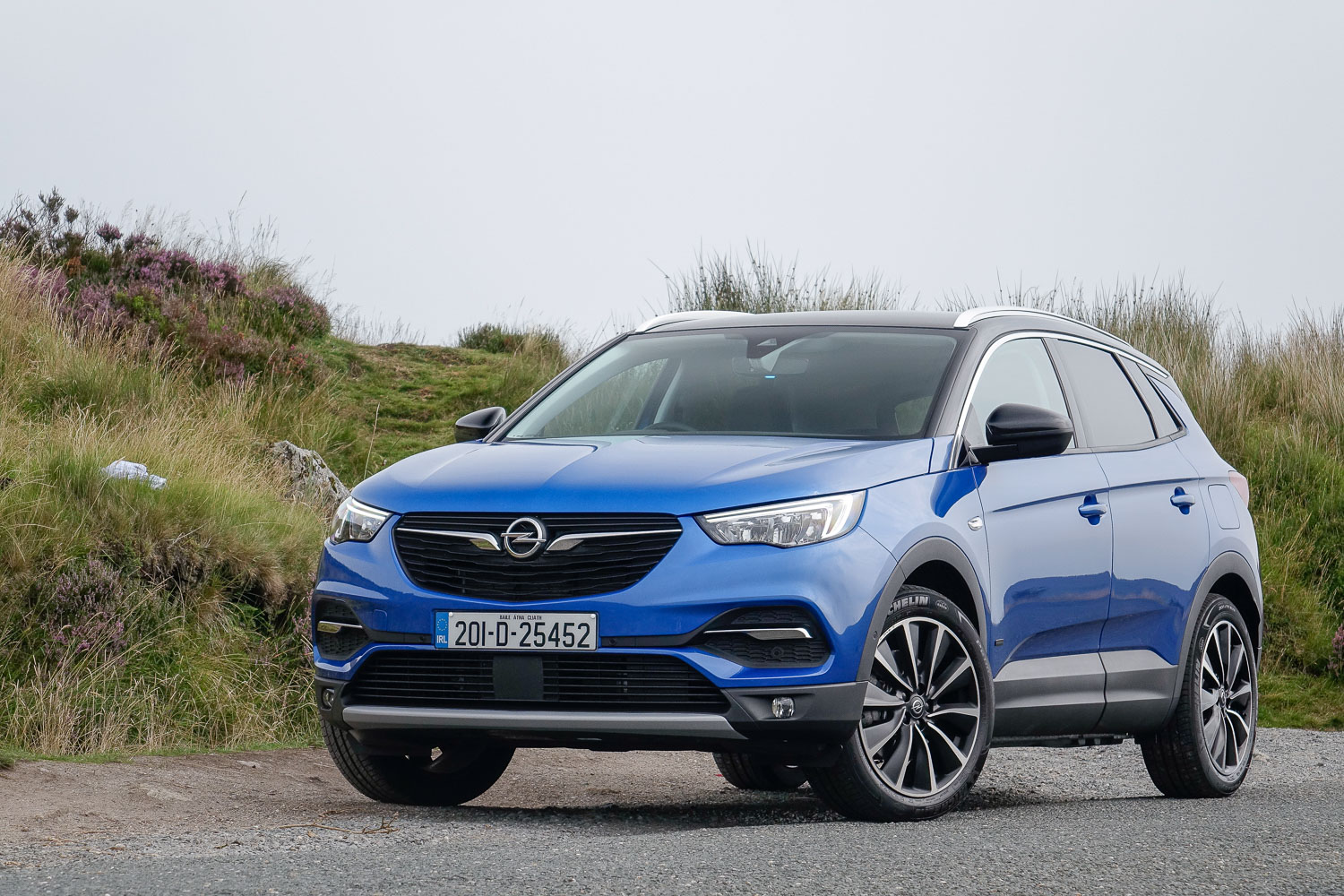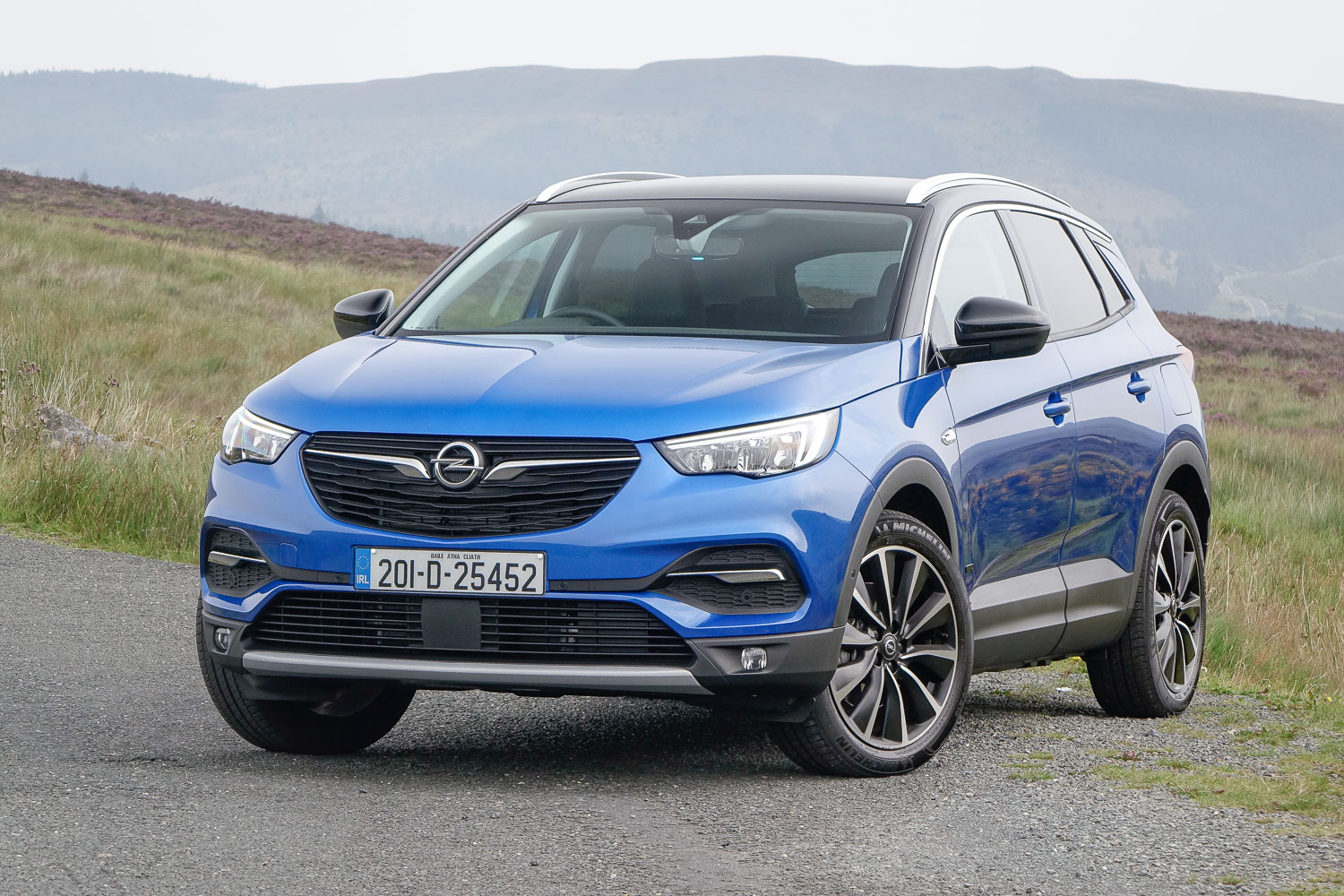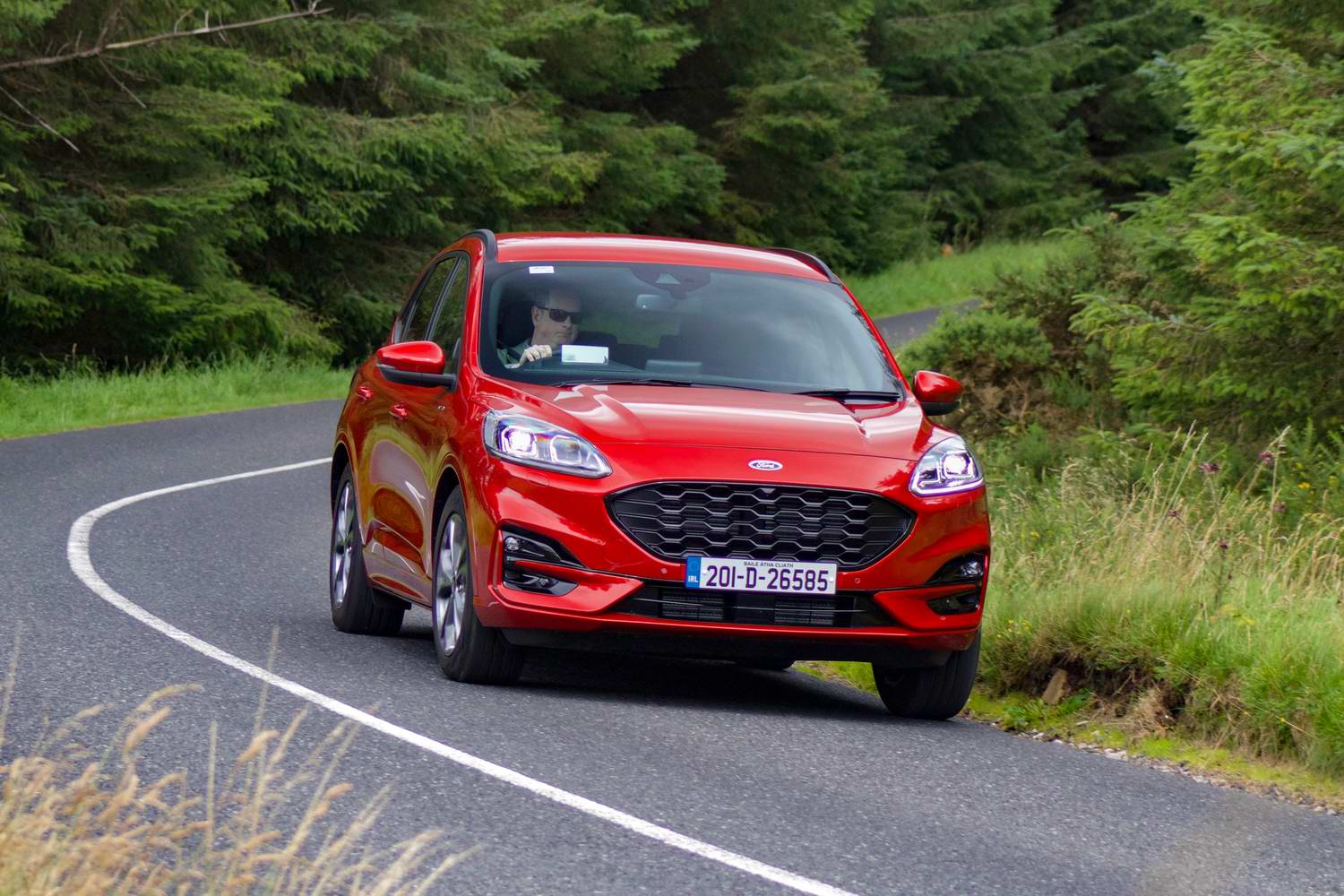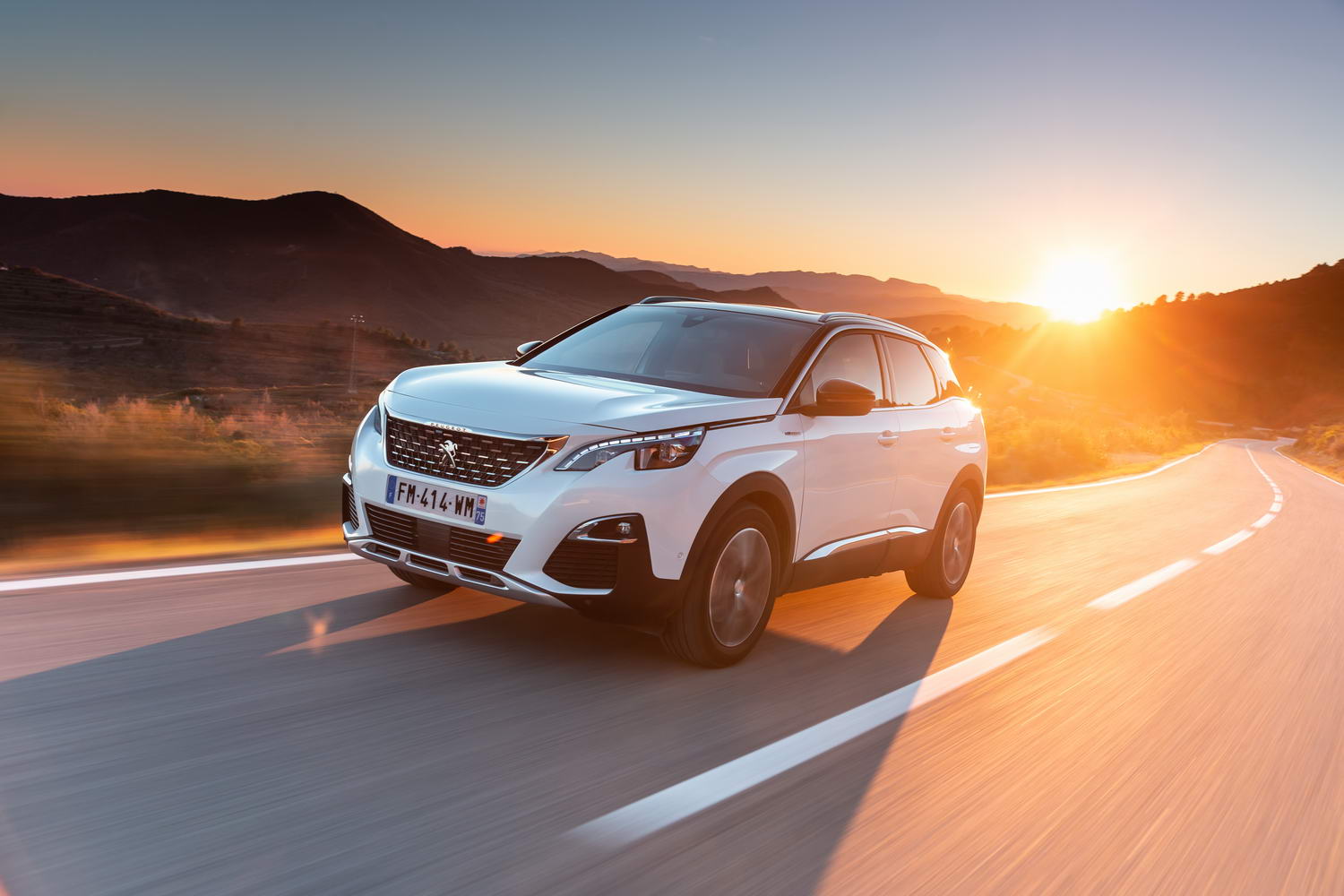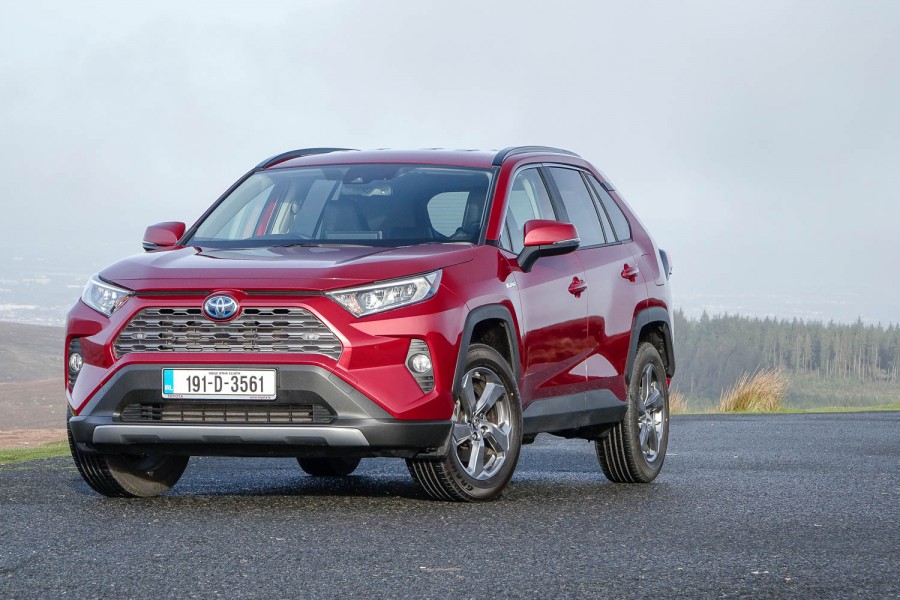What are you driving?
I'm driving a car I would once have described as a cure for insomnia. The Opel Grandland X, conceived as the German brand's riposte to the likes of the Nissan Qashqai and Hyundai Tucson, is a car in which you can all too readily see the dread hand of the General Motors accountants. It is, essentially, the last car to be fully developed and launched by Opel under its previous, American ownership. Underneath, it uses the same platform and engines as the Peugeot 3008 and Citroen C5 Aircross, as part of an agreement drawn up long before PSA Group, owner of those two French brands, decided to buy Opel outright when GM finally got sick of struggling in Europe.
The Grandland is, in some ways, a testament to that struggle. Opel took a platform and mechanical package that has produced two interesting, good-to-drive, sharply styled French crossovers and allowed GM's bean-counters to take all of the fun out of it. Driving the first petrol versions was an exercise in dullness.
Now, though, there might at last be something interesting stirring within the Grandland X range. This is the Hybrid4 model, which once again shares a powertrain with its French cousins. This time it's a plug-in hybrid setup, pairing the evergreen 1.6-litre THP petrol engine with a powerful rear-mounted electric motor and a 13.2kWh battery to provide senior hot-hatch power, with teensy-weeny emissions and around 56km electric-only running. This one, in Elite spec, is about as much Grandland X as you can buy, coming with heated and cooled leather seats, 19-inch alloys and much more besides. Then again, it does cost the guts of €50k, grants inclusive, so it really ought to be pretty impressive.
Name its best bits
For the most part, happily, the Grandland X Hybrid 4 is pretty impressive. Those big wheels liven up the styling quite considerably, even if it remains resolutely plain-wrapper for the most part (you can spec it with a seventies-style black bonnet, though, and I'd urge you to do just that).
What's most impressive, however, is the hybrid powertrain. Fully charge the battery, and Opel claims an electric-only range of 56km. In our hands, on a mix of main roads, motorway, and city streets we were getting more like 35-40km, which isn't bad and is about par for the course. Performance in electric mode is pretty good, too. That rear-mounted motor (yes, this is a rear-engined, rear-wheel-drive car in electric mode) has a mere 113hp, but a much healthier 166Nm of torque, so progress at urban speeds is swift enough for most.
Better still, switch the Grandland X to Sport mode, and combine the power of both petrol and electric ends, and performance becomes positively muscular. It takes a moment or two to gather itself when you ask for full acceleration - almost as if the computers, tuned for economy, are hesitating for a second - but then you find yourself surging forward on a wall of electric and petrol torque. The 0-100km/h time is not representative; the Grandland X feels, subjectively, much quicker than that.
Better still, this is not one of those plug-in hybrids whose fuel economy falls apart if you take it on a longer journey. Once the battery was drained, our first stint in the car was a two-hour motorway haul, during which the Grandland X averaged 5.3 litres per 100km - which would be impressive from a diesel. Around town, when the battery had packed up for the day, it averaged 4.8 litres per 100km. Overall, including several long main-road runs, we averaged 5.8 litres per 100km when using it in Hybrid mode. So, you can take care of your short, urban runs on zero-emission, zero-fuel power day-to-day, and then still enjoy diesel-like economy during the week. Not bad at all, really. There's also a handy B mode for the eight-speed automatic gearbox, which ramps up the brake energy recuperation, and gives you a mild 'one-pedal' sensation when driving around town.
Dynamically, the Grandland X Hybrid4 treads a pretty careful middle ground. It's neither as soft as the Citroen C5 Aircross, nor as sharp as the Peugeot 3008. A comfortable middle ground? Yes, but not quite an entirely satisfying one. The Grandland handles and rides neatly and mostly smoothly but you'd struggle to call it fun. The steering also becomes very over-assisted and over-light at low speeds, which can be a little disconcerting.
On the upside, space inside and in the boot is decent (if not quite class leading), build quality is excellent, and Opel's continued insistence on keeping physical buttons (rather than touchscreen controls) for major items is hugely welcome.
Anything that bugs you?
It is a little hard to shake off the dourness of the cabin. While rivals offer tweed fabrics and interesting styling, the Grandland X's cabin is a sea of dark plastics. It's all well-made, but a bit uninspiring.
Then there's the €47,000 price tag for this range-topping 300hp, four-wheel-drive model. That's a heck of a lot for a mid-size car with an Opel badge, although happily, there's a much more affordable front-wheel-drive plug-in hybrid model with 225hp that, at €36,000, is far more competitive with the likes of the Ford Kuga PHEV and Toyota RAV4 Hybrid.
And why have you given it this rating?
Taking the same mechanical makeup as two stylish French stablemates and making it all seem a bit dull is definitely a demerit for the Opel Grandland X, in general. This Hybrid4 model, though, adds interest with its performance and its economy and its tech, and shows that Opel can do a solid, competent job in this new electric motoring world. Now all we need is a little more inspiration...
What do the rest of the team think?
I must admit that I too had all but forgotten about the Grandland X - it does nothing different in the family crossover class to make you choose it over the top sellers. And while this hybrid model isn't totally unique either, it does serve to emphasise that, actually, the core Grandland X is a quietly competent option in the segment with decent room inside and good quality. It's a shame that it needs the lovely two-tone paint, big wheels and a 300hp hybrid powertrain to get our attention, though, especially as that means a hugely elevated price tag. Still, as useful as the four-wheel drive is, the cheaper front-wheel-drive Grandland X plug-in hybrid makes a lot more sense. That is certainly worth checking out.
Shane O'Donoghue - Editor

